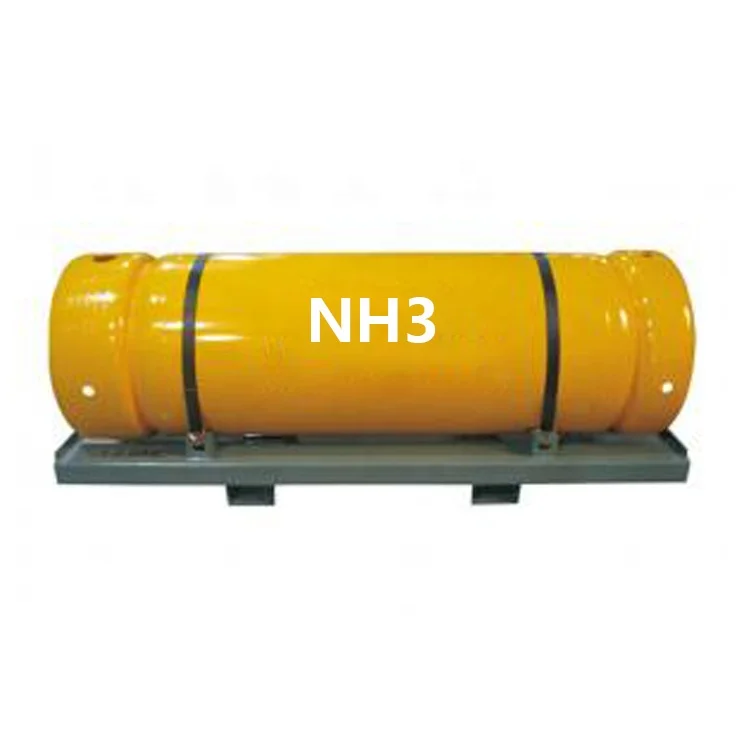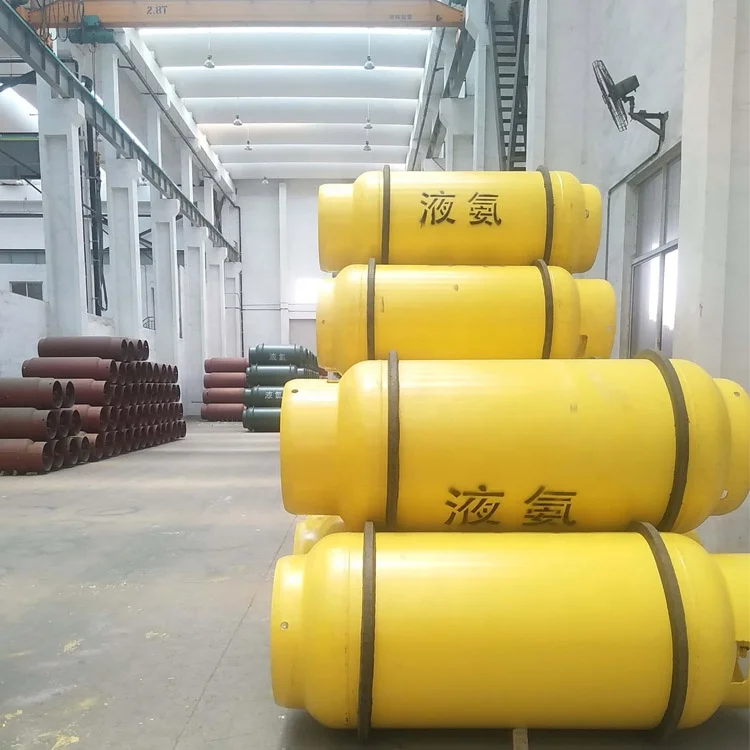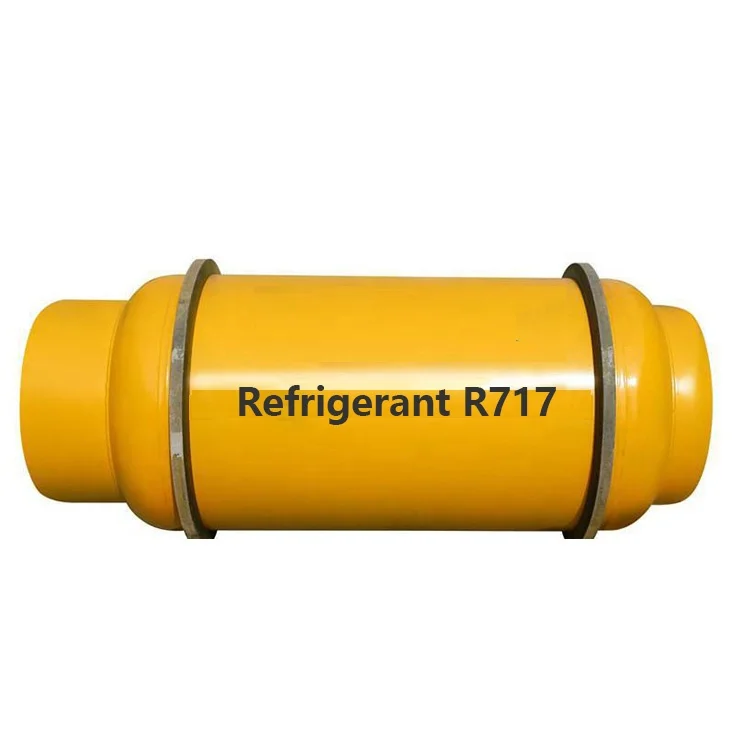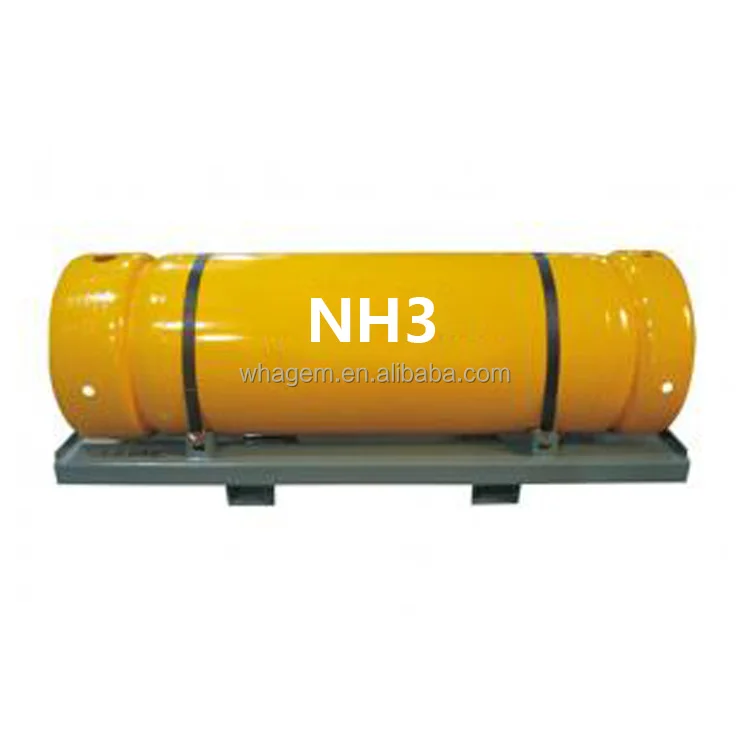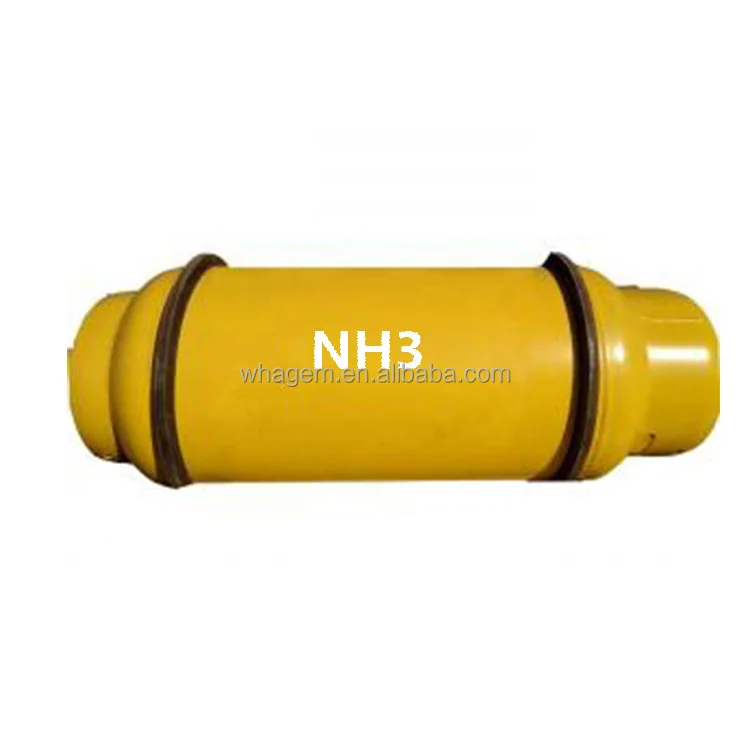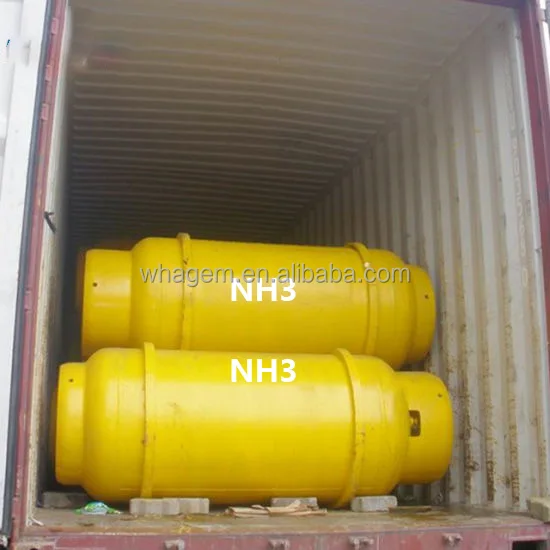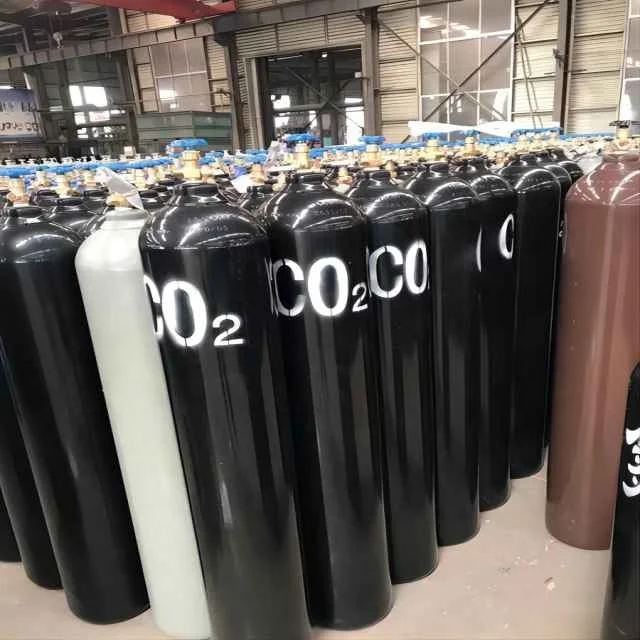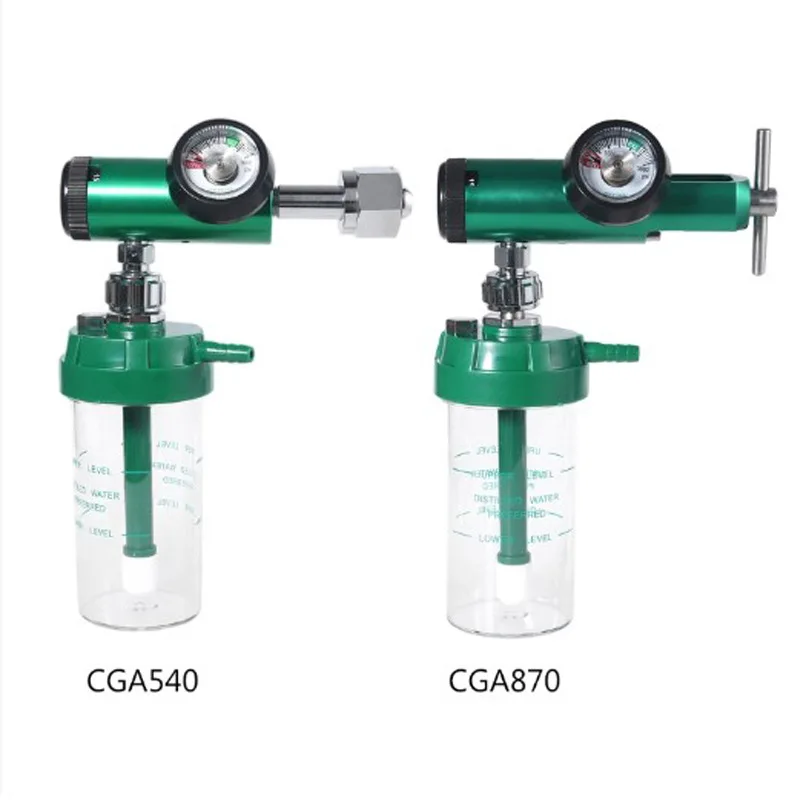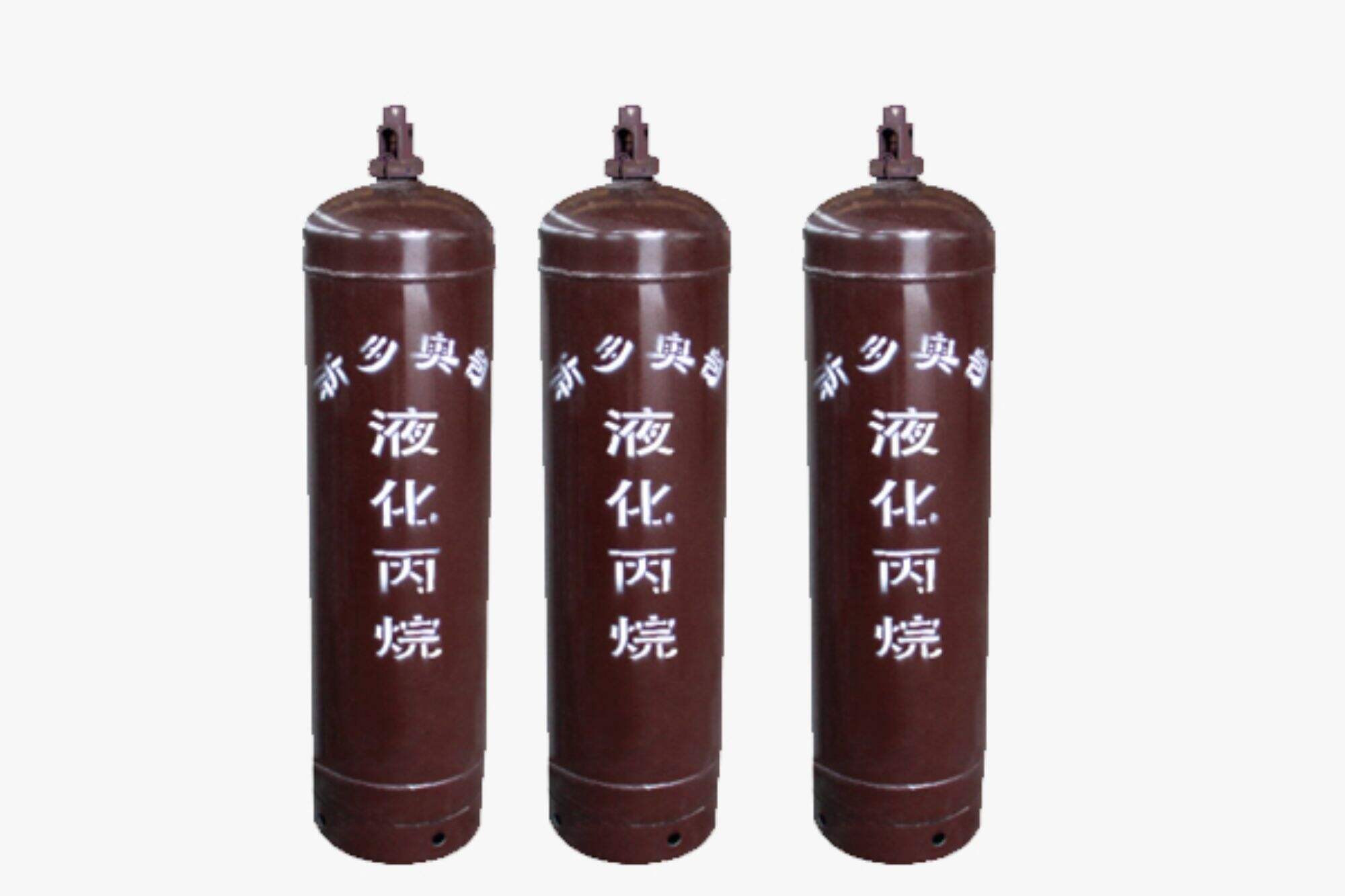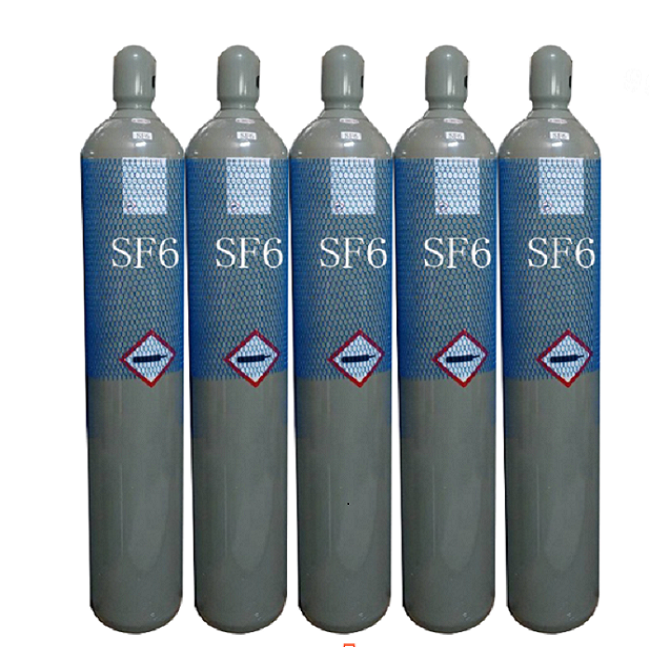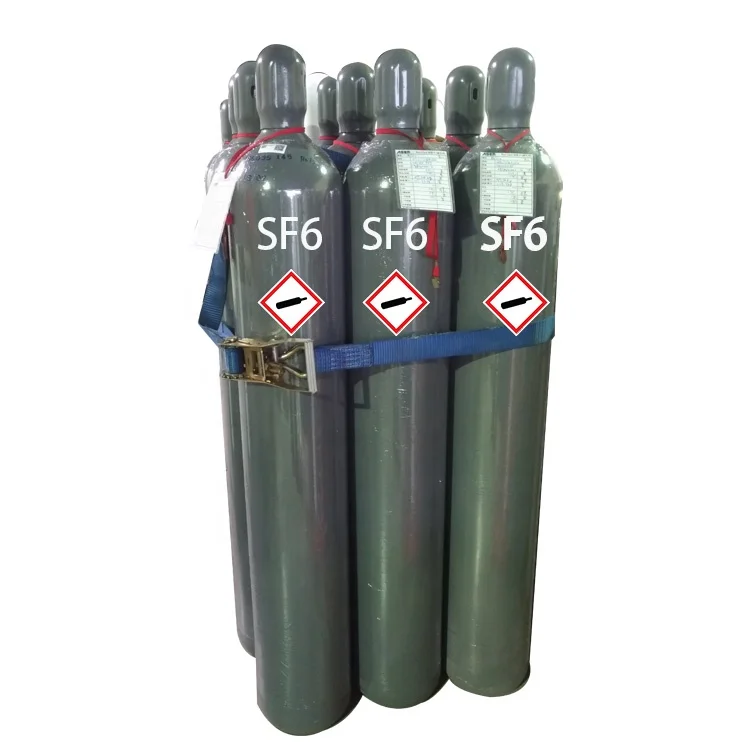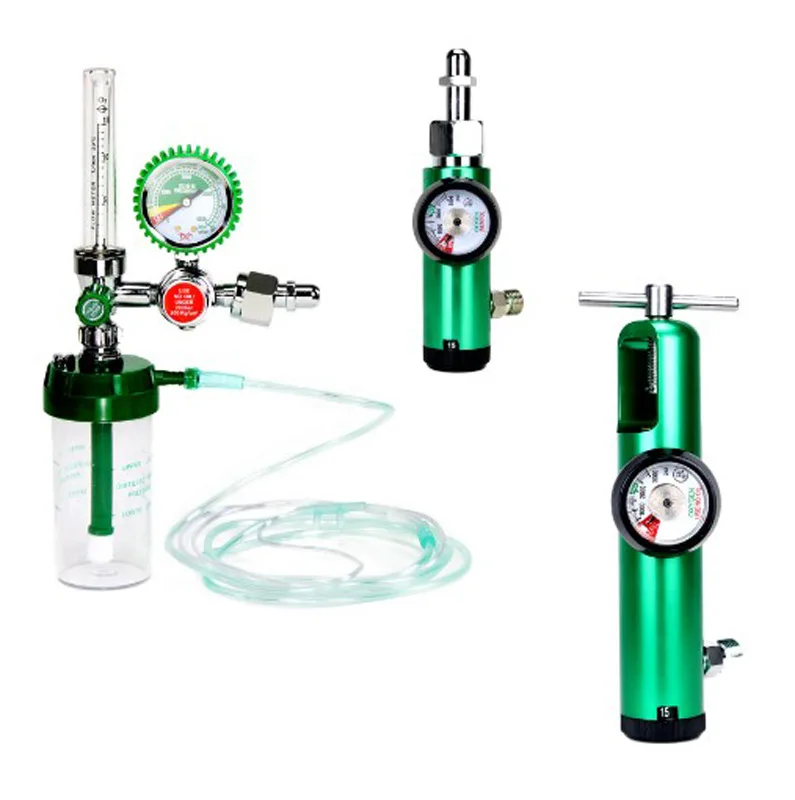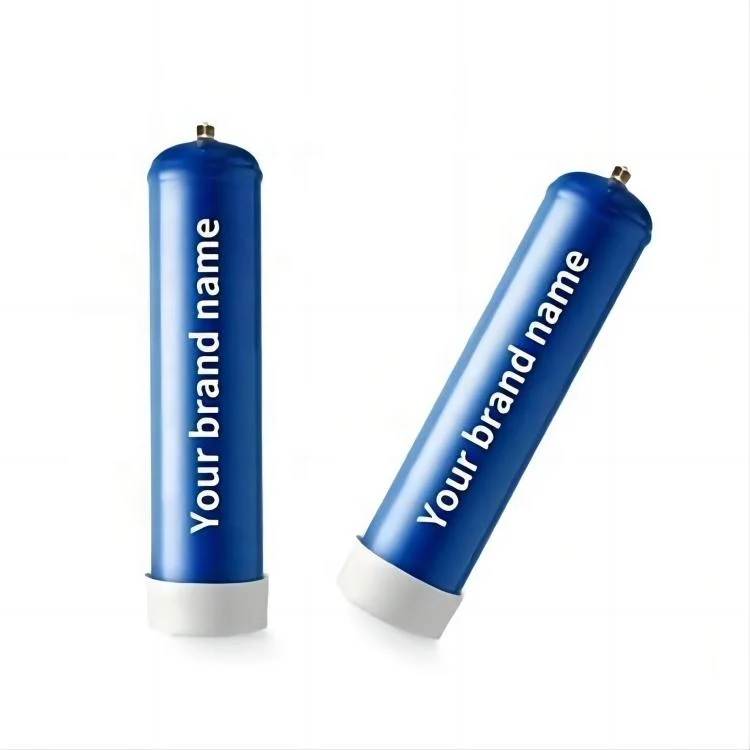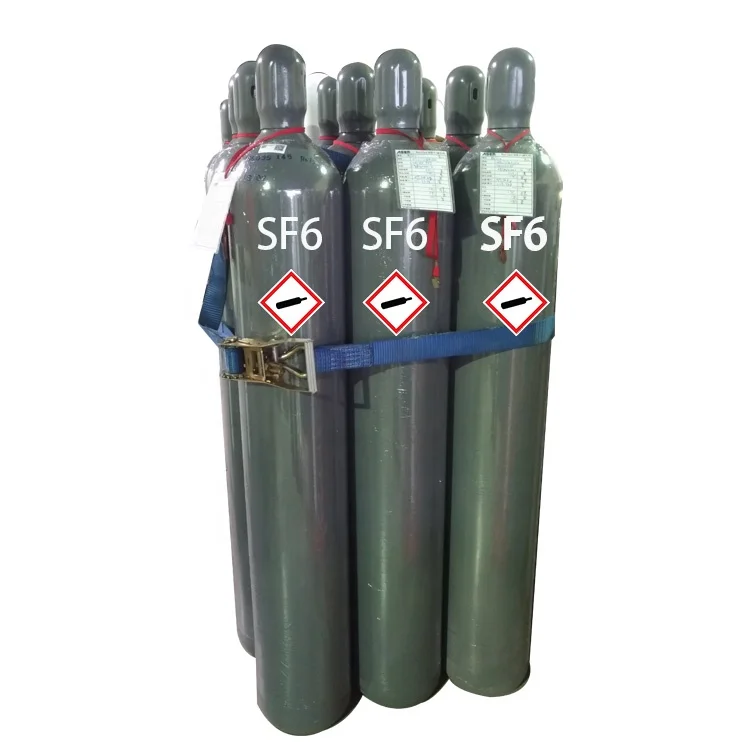- Overview
- Inquiry
- Related Products
Introducing, the AGEM’s Industrial Grade Purity 99.9% NH3 Anhydrous Ammonia Liquid NH3 Fertilizer, your go-to solution for high quality and efficient plant growth. Our product is designed to offer unparalleled fertilizer performance while maintaining the safety and convenience that our consumers value.
Our Industrial Grade Purity 99.9% NH3 Anhydrous Ammonia Liquid NH3 Fertilizer is made with the highest purity ammonia, meaning that it does not contain any water. This makes it incredibly effective for promoting healthy plant growth and providing key nutrients to your plants. Unlike many other fertilizers on the market, our product is completely anhydrous, which ensures that it is free from any contaminants or impurities that could harm your plants.
Our AGEM’s Industrial Grade Purity 99.9% NH3 Anhydrous Ammonia Liquid NH3 Fertilizer is easy to apply and will not require any special equipment or training. Simply mix it with water and apply it to the soil around your plants. Our liquid fertilizer is highly concentrated, ensuring that you get maximum results from each application.
One of the key benefits of using our AGEM’ Industrial Grade Purity 99.9% NH3 Anhydrous Ammonia Liquid NH3 Fertilizer is its ability to promote superior root development. The high purity ammonia in our product helps to drive deeper root growth, which in turn leads to stronger, healthier plants. Additionally, our liquid fertilizer contains essential nutrients that help to boost overall plant health and protect against disease and other environmental stresses
3. Under what circumstances would I be exposed to ammonia
Everyone is exposed to the environment naturally produced in the air, food. Low concentrations of ammonia in water and soil. You may be exposed to high levels of ammonia by using ammonia-based cleaning products. If you use ammonia-containing fertilizers or live near agricultural fields that use ammonia-based fertilizers, you may be exposed to high levels of ammonia. If you enter an airtight building that contains many animals (especially farm animals), you may be exposed to very high levels of ammonia


Product Name |
Liquid Ammonia |
Purity |
99.9% |
CAS No. |
7664-41-7 |
EINECS No. |
231-635-3 |
MF |
NH3 |
Application |
Fertilizer, Refrigeration |
UN No. |
1005 |
Molar mass |
17.031 g/mol |
Appearance: |
Colorless gas |
Odor : |
Strong pungent odour |
Specification: |
99.9% |
99.999% |
Oxygen |
/ |
<1<>
|
Nitrogen |
/ |
<5<>
|
carbon dioxide |
/ |
≤ 1 |
carbon monoxide |
/ |
≤ 2 |
Methane |
/ |
≤ 2 |
Moisture(H2O) |
≤0.03 |
≤ 5 |
Total impurity |
/ |
≤ 10 |
Iron |
≤0.03 |
/ |

Usage |
Typical Application |
||
Antimicrobial agent for food products: |
Anhydrous ammonia is currently used commercially to reduce or eliminate microbial contamination of beef |
||
Cleaner: |
Household ammonia is a solution of NH3 in water used as a general purpose cleaner for many surfaces |
||
Manufacture of hydroxylamine |
|||
Fermentation: |
Solutions of ammonia ranging from 16% to 25% are used in the fermentation industry as a source of nitrogen for microorganisms and to adjust pH during fermentation |
||
Fertilizer: |
Globally, approximately 88% of ammonia is used as fertilizers either as its salts, solutions or anhydrously. When applied to soil, it helps provide increased yields of crops such as maize and wheat |
||
Precursor to nitrogenous compounds: |
either as its salts, solutions or anhydrously. When applied to soil, it helps provide increased yields of crops such as maize and wheat |
||
Rayon production |
|||
Propylene and dimethyl ether preservation |
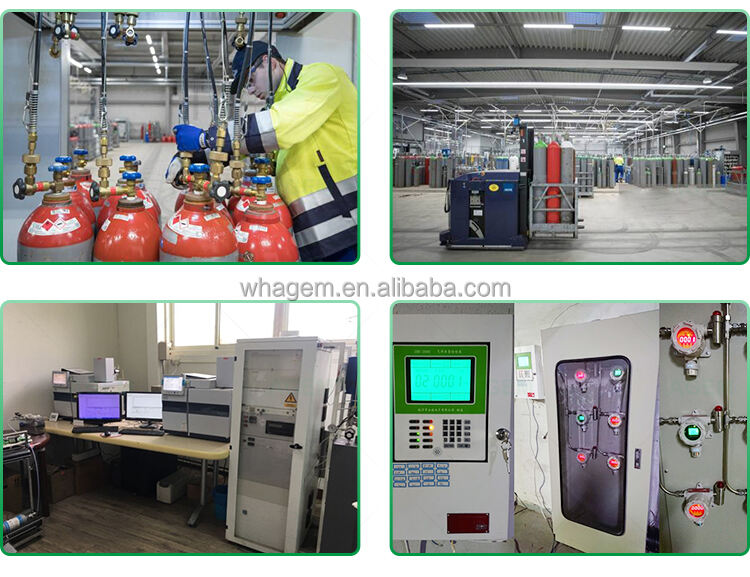

Package Size: |
50Ltr Cylinder |
400Ltr Cylinder |
800Ltr Cylinder |
|||
Filling Net Weight/Cyl: |
25kgs |
200kgs |
400kgs |
|||
QTY Loaded in 20'Container : |
220 pcs |
25 pcs |
17 pcs |
|||
Total Net Weight: |
5.5 Tons |
5 Tons |
6.8 Tons |
|||
Cylinder Tare Weight: |
55Kgs |
380Kgs |
477Kgs |
|||
Valve |
QF-11 / CGA705 |
|||||
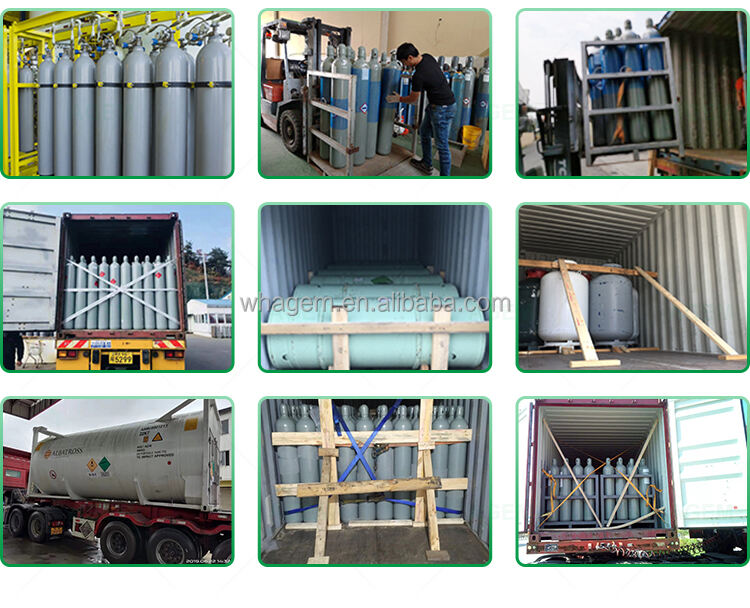
A: From one cylinder
A: 7-10 days Exwork after we receive the deposit, After we order the ship or air shipping, we could know total time to do delivery to the customer's country.
A: Firstly, our team will do cylinders treatment(cleaning, drying, vacuuming, pumping, and replacement before filling gas to ensure the cylinder inside is clean and dry) Secondly, we will test treated cylinders again, to make sure the cylinder inside which is clean and dry. Thirdly, we will analyze the gas after filling into the cylinders and provide the COA(Certificate of Analysis)
A: Usually the working life of seamless steel cylinders is more than 20 years, The disposable cylinders can be used for only one time.
A: Yes, when your company runs out of gas, you could send back the empty cylinders and refill the gas. You just need to inform us before your export, we will handle the cylinders' customs clearance in China.
A: Cylinder DOT-3AA ISO9809, GB5099, TC-3AAM. EN1964, KGS VALVE: DISS, CGA, DIN, BS, AFNOR, JIS.
A: Our products belong to 2.2 level DG cargo and should shipping with DG cargo, if shipping as common cargo, it is illegal, we should order DG cargo from shipping company, if you have other common products, you could put into the cargo and send as DG cargo
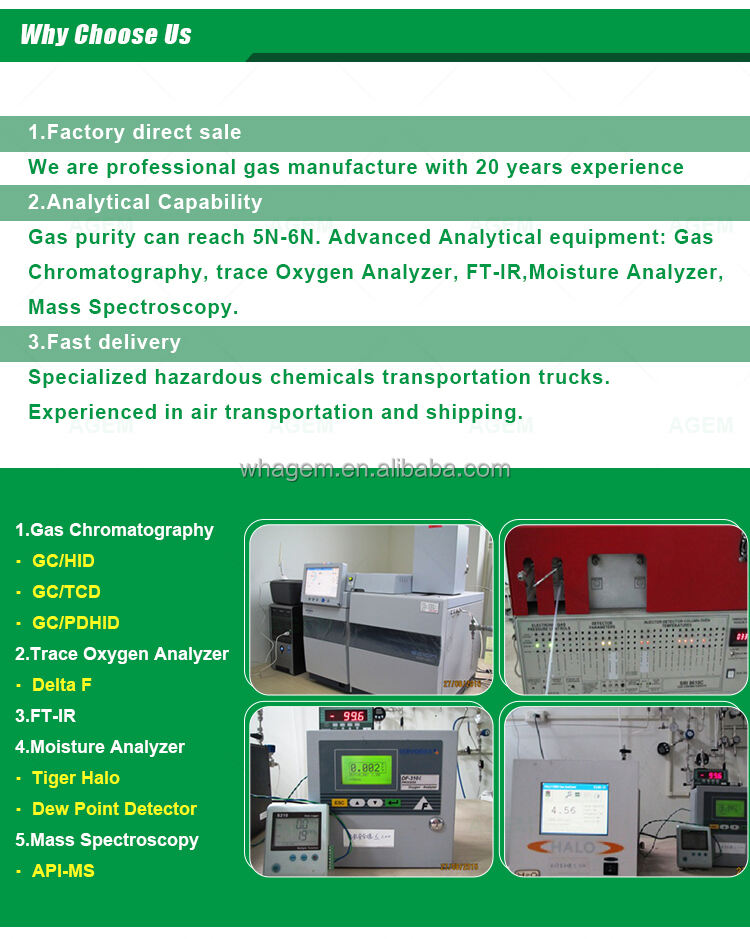
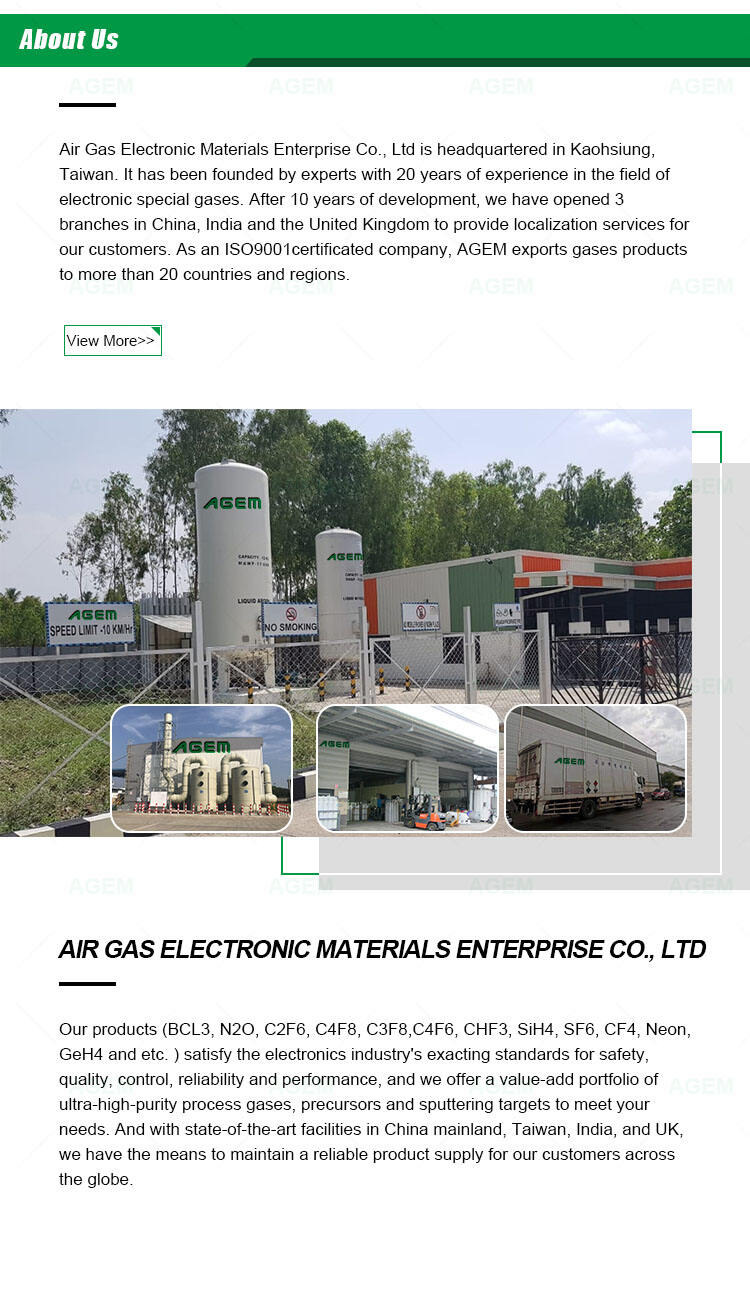
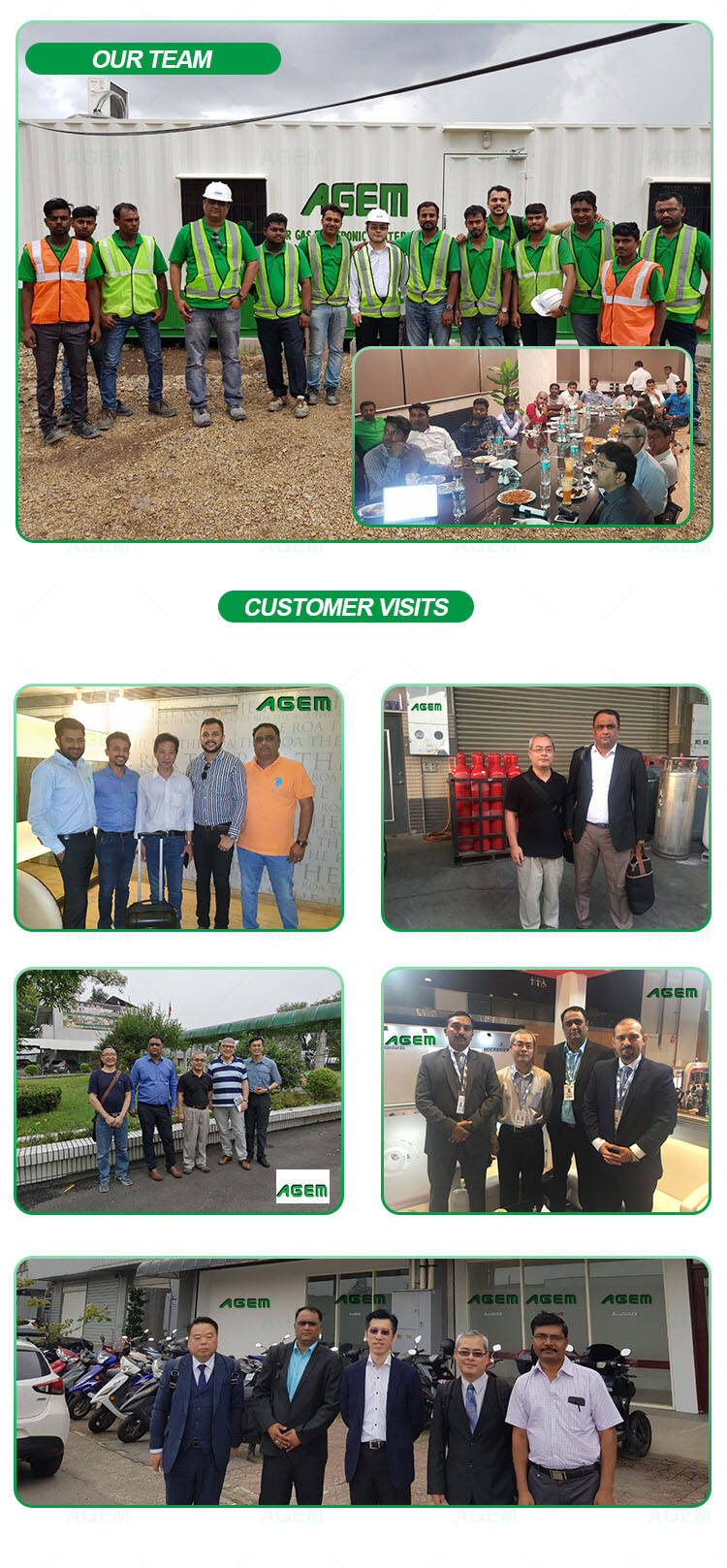


 EN
EN
 AR
AR
 CS
CS
 DA
DA
 NL
NL
 FI
FI
 FR
FR
 DE
DE
 EL
EL
 IT
IT
 JA
JA
 KO
KO
 NO
NO
 PL
PL
 PT
PT
 RO
RO
 RU
RU
 ES
ES
 TL
TL
 ID
ID
 SK
SK
 SL
SL
 UK
UK
 VI
VI
 TH
TH
 TR
TR
 AF
AF
 MS
MS
 SW
SW
 GA
GA
 CY
CY
 BE
BE
 KA
KA
 LO
LO
 LA
LA
 MI
MI
 MR
MR
 MN
MN
 NE
NE
 UZ
UZ
